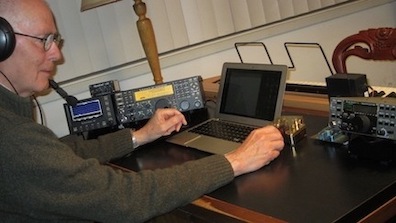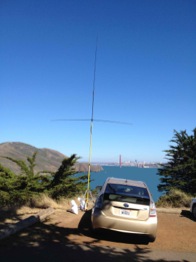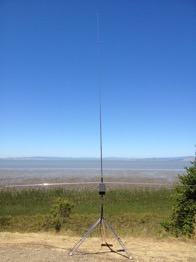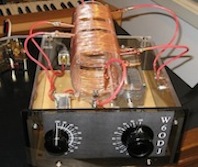Amateur Radio
Amateur (ham) radio operators are private individuals who build short wave, two-way radio stations that they use to communicate with other hams, often over long distances. The modes of communications can be voice, digital typewriter modes, Morse code, television, etc. In order to operate, they must pass examinations on radio theory, obtain licenses, and be assigned call letters for their stations. Besides being a hobby, ham radio is also an important resource in emergencies, providing communications when other services have broken down.
W6ODJ
I got into ham radio as a teenager. I was first licensed in 1948. My first call was W5PIG, in Seminole, Oklahoma. I let the call lapse in the 1950s, but took up the hobby again when I retired from my university professorship in 2004. My current call is W6ODJ and my license level is “extra class.” I operate on Morse code, digital, and voice modes.
My home location in the center of urban San Francisco is surrounded by neighbors’ computers and other electronics, and is within two blocks of several restaurants with 50 inch plasma TV sets, all of which produce copious amounts of radio interference. Most of my operating is therefore done from my car, in a radio quiet location, using battery power and a portable antenna of my construction





